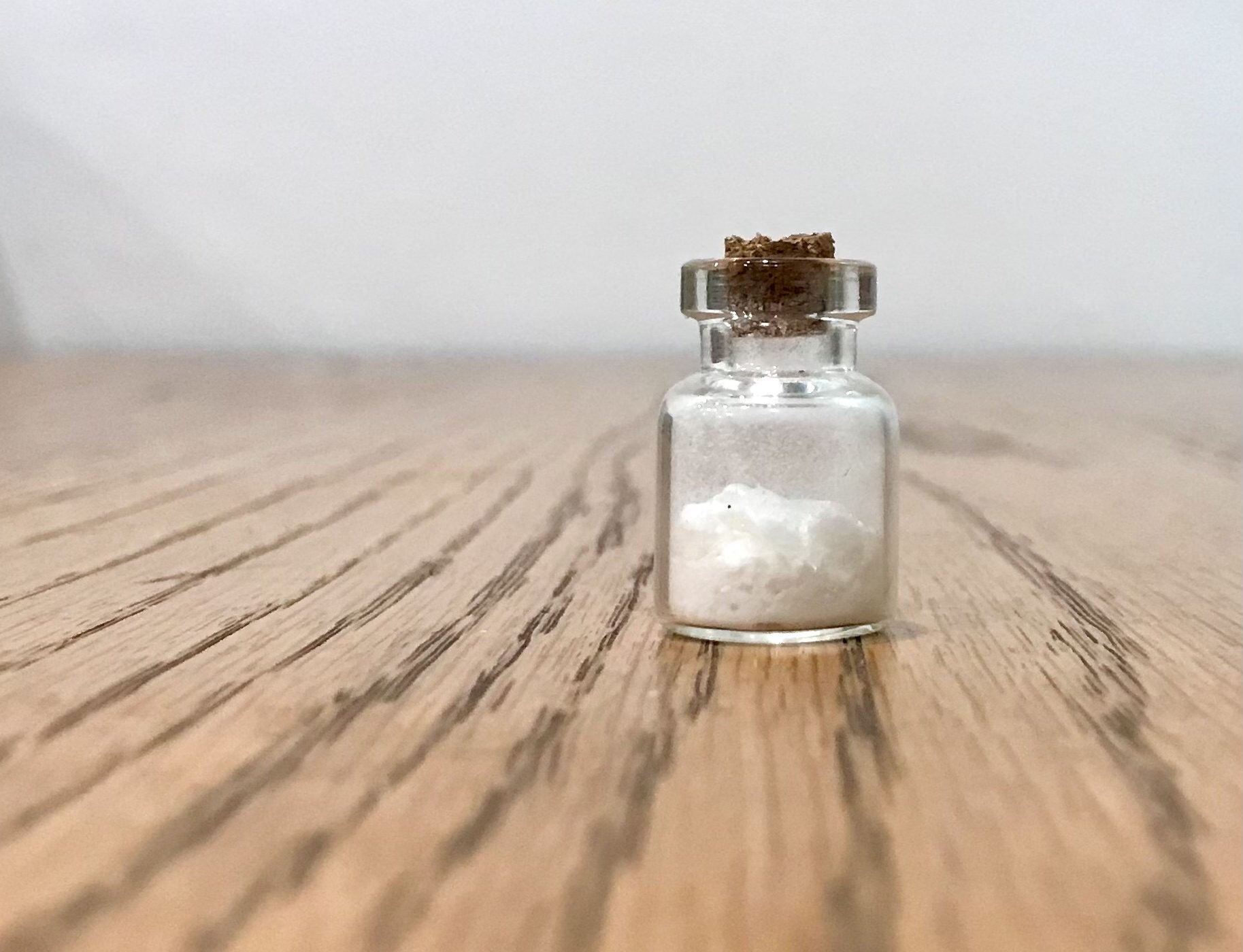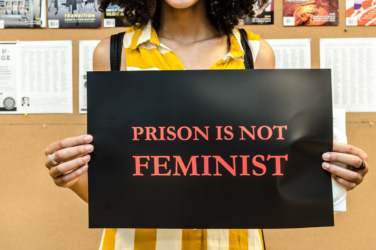The political response to a tragedy in Colorado threatens incremental drug policy progress in the state. On February 20, five people in an apartment in Commerce City died of apparent drug overdose. Police are linking their deaths to fentanyl—but that’s not an established fact, as no autopsy or toxicology reports are yet available.
In 2019, Colorado lawmakers downgraded possession of many state-banned drugs from a felony to a misdemeanor. House Bill 19-1263 reduced penalties for possessing up to 4 grams of most Schedule I or II controlled substances—including heroin, methamphetamine, cocaine and fentanyl—although it didn’t reduce penalties for sale or distribution.
Those possession convictions are currently punishable by up to 180 days in county jail or two years of probation, and a possible fine of up to $1,000. The reform contributed to drug felony case filings dropping by more than 61 percent in the first year after passage, and to an overall reduction in the state’s prison population.
But in response to the five recent deaths, numerous elected officials, including Governor Jared Polis (D), are calling for either a revision of that bill or new legislation to crack down on fentanyl. In possibly the most extreme proposal, Representative Shane Sandridge (R) wants to introduce a 25-year mandatory minimum sentence for fentanyl sales and to classify the drug as a “weapon of mass destruction.”
“They keep wanting to incarcerate folks and that has never worked … all that has done is drive use underground.”
More than 800 people in Colorado died of fentanyl-involved overdose in 2021. Even without all the data from 2021 yet reported, that’s a sharp increase from 520 in 2020. De-felonization was never going to make the drug supply itself any safer. Increasing fentanyl penalties, however, would make the supply more dangerous. It would push sellers toward compounds that are even less familiar and more potent. And locking up people who sell drugs creates chaos for people who then have to turn to unfamiliar sources to obtain drugs. That uncertainty increases overdose risks.
“We are so concerned about this refelonization,” Lisa Raville, executive director of Denver’s Harm Reduction Action Center, told Filter. “They keep wanting to incarcerate folks and that has never worked … all that has done is drive use underground. We are in a public health emergency that demands a public health approach.”
Fentanyl, like any drug, is not evil. It has important medical uses. For people who use unprescribed fentanyl, it can be a preferred substance like any other. But it’s also present as an adulterant in other unregulated drug supplies, such as cocaine, and its dangers greatly increase when people aren’t aware they’re consuming it and have no way of assessing its potency.
Unlike increased criminalization, some basic harm reduction tools can prevent fentanyl-involved deaths. Naloxone, the opioid-overdose reversal drug, saves many lives. People can also use test strips to check for the presence of the fentanyl in their supply before they use it—critical information for people who are intending to use other drugs. Denver makes both of these tools available free of charge, and you can even order them by mail.
While these harm reduction measures must be made more widely available, they can’t prevent all overdoses. For that, we would need a legal, regulated supply.
Safer smoking supplies are another important conversation. In many parts of the western United States, people have switched from injecting heroin to smoking fentanyl. Smoking is generally a safer form of consumption than injection, avoiding infection risks and allowing people to better control their dosage. Encouraging this means providing access to supplies like pipes or foil.
But while all of these key harm reduction resources must be made more widely available, they can’t prevent all overdoses. For that, we would need a legal, regulated supply of drugs, ensuring known contents and dosage. The concept of safe supply applies just as much to fentanyl as it does to other drugs.
By turning back to increased criminalization instead, Colorado’s politicians are heading in precisely the wrong direction.
Photograph of cocaine courtesy of Kastalia Medrano





Show Comments